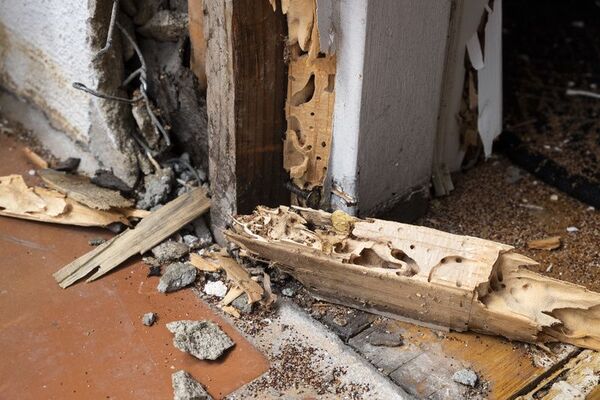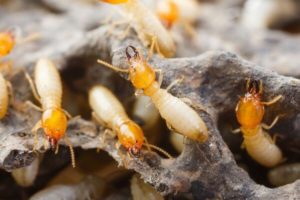The Nature of Termites
One in five homes in high termite risk areas is affected by termites. That’s two million homes nationwide. Columbus Ohio, unfortunately, falls into the US Forest Service’s moderate to heavy Termite Infestation Probability Zone. Risks of infestation are particularly pronounced in more rural, heavily wooded areas.
Prevention is better than cure when it comes to subterranean termites, and a rapid response is better than waiting if you see the early signs of termite infestation. Whether you’re looking for a termite exterminator to deal with visible signs of termites, or if you’re seeking the peace of mind of an annual termite inspection, Integrity Pest Solution’s termite control can help.

Wood damage by subterranean termites.

